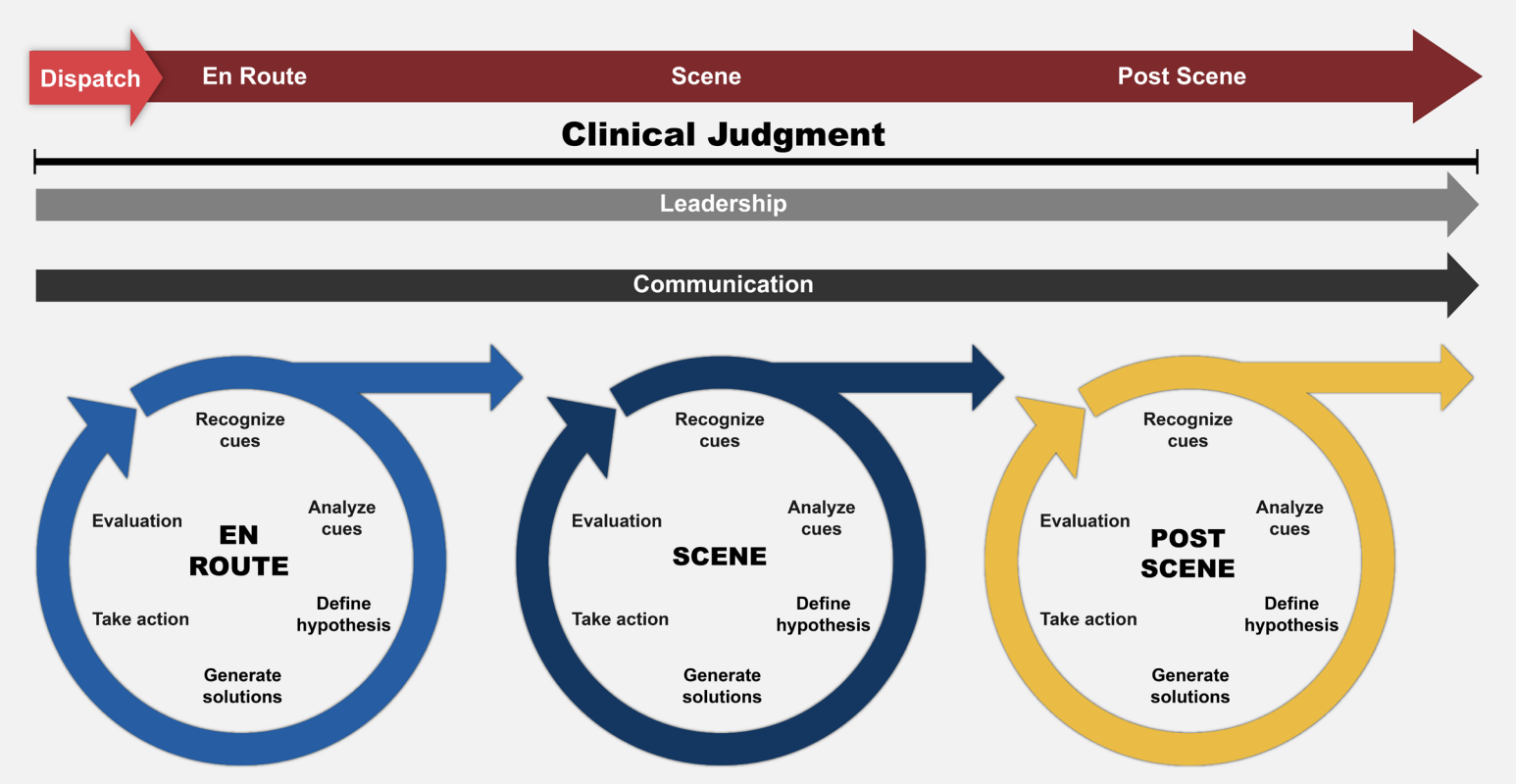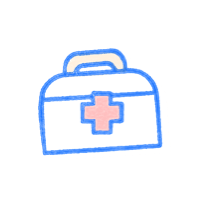The National Registry of Emergency Medical Technicians (NREMT) is set to introduce significant updates to the Advanced Life Support (ALS) assessments, marking a strategic advancement in how emergency medical services (EMS) professionals are certified in the United States. This decision, driven by a commitment to public safety and the evolving needs of the EMS community, includes the introduction of a new Clinical Judgment domain in the AEMT and Paramedic Certification Examinations starting on July 1, 2024.
Why Update ALS Assessments?
The primary objective behind these updates is to ensure that the certification process remains at the forefront of best practices within the EMS certification industry. As medical technologies and methodologies evolve, the mechanisms by which EMS professionals are assessed and certified must evolve as well. This protects the public and ensures that EMS personnel are equipped with the latest knowledge and skills necessary to handle complex medical emergencies effectively.
Introducing the Clinical Judgment Domain
A standout feature of the updated ALS assessments is the inclusion of the Clinical Judgment domain. This addition is designed to evaluate the decision-making skills of EMS professionals in real-world scenarios, ensuring that they are knowledgeable and adept at applying their knowledge in practical, high-pressure situations. The new domain aims to bridge the gap between theoretical knowledge and practical application, a crucial aspect of medical emergency responsiveness.

AEMT and Paramedic Examination Updates
Alongside the new Clinical Judgment domain, the ALS assessment formats will see the following types of item inclusions to cater to a more comprehensive evaluation approach:
- Multiple Choice: Test takers select the correct answer from several options.
- Multiple Response: Similar to multiple choice, but test takers select more than one correct answer.
- Graphical: Questions that involve interpreting or interacting with graphical information.
- Drag-and-Drop: Items that require test takers to place responses in the correct order or location.
- Build List (Ordering and Sequencing): Tasks that involve arranging items or actions in the correct sequence.
- Options Box: Questions in which choices are provided in a box, and selections are made according to the query requirements.
These varied item types aim to comprehensively assess a range of skills, from theoretical knowledge to practical application and analytical abilities.
Pocket Prep’s Role in Facilitating Smooth Transitions
To aid EMS professionals in transitioning smoothly to the updated examination format, Pocket Prep is adding 100 Clinical Judgment domain questions to our AEMT and Paramedic prep. This will provide candidates with ample opportunities to familiarize themselves with the types of questions that will be part of the new domain, thereby boosting their preparedness and confidence.
Clinical Judgment Domain Sample Question
This is a Pocket Prep Clinical Judgment domain question for the Paramedic exam. Clinical Judgment questions are presented in three sections: En-Route, Scene, and Post-Scene. Candidates answer one question for each section before moving to the next.
Scenario & Questions
En-Route
You are a paramedic with an EMT partner in an urban EMS system. You are dispatched to a single-family residence for a 64-year-old male who is responsive but ill and unable to walk. The time of the call is 14:22. The response time is 6 minutes. The closest hospital is a regional medical center, 11 minutes from the scene. The weather is fair, with a temperature of 56°F. Traffic is moderate on Tuesdays at this time of day.
Based on the information given in this scenario, which of the following situations would warrant requesting additional units, such as a BLS rescue unit or engine company?
Select the 2 answer options which are correct.
A. While en route, dispatch notifies you that the only access to the house is through the front door, with 10 steps leading to the porch.
B. While en route, your response is delayed one to two minutes due to road construction.
C. While en route, dispatch notifies you that the caller reports the patient is now unresponsive.
D. While en route, dispatch notifies you that the patient is a known diabetic.
Scene
Upon arrival at the single-family residence, you are met at the door by an older adult female who states she called EMS for her husband. She states his name is Frank and that she called his doctor’s office to make an appointment because he has been very weak for 3 days. The office advised her to call an ambulance to transport him to the hospital. She leads you through the well-kept home and into the bedroom, where you find Frank. You see an elderly male with pale skin and rapid, shallow breathing. His eyes are closed. As you introduce yourself and ask Frank, “How can we help you today?” He opens his eyes and replies, “I just can’t seem to get enough energy to get out of this bed.” He is able to tell you his age, the month and year correctly, and where he is.
He follows commands when you ask him to squeeze your fingers and lift his hands up in front of him. He states he has had a low-grade fever and lower quadrant abdominal pain for three days. He has a history of an enlarged prostate, hypertension, and Type II diabetes. His medications include Lisinopril, Somatostatin, Metformin, and Beta Prostate. He has a list of the numerous medications he is allergic to. His initial vital signs and diagnostics lead you to suspect sepsis. You have initiated IV fluid therapy and prepared him for transport.
Based on the information given in this scenario, what would this patient’s initial Glasgow Coma Score be?
A. 12
B. 13
C. 14
D. 15
Post-Scene
You transport Frank without lights and sirens to the regional medical center 11 minutes away. During transport, his vital signs improve slightly with your treatments. You give a patient report via the radio with no questions or orders. You take him into the ER on the stretcher and give a verbal handoff report to an RN, who accepts patient care. You obtain signatures on your electronic device from Frank and the receiving RN. Frank thanks you for taking care of him.
Based on the information given in this scenario, which of the following would be important items to include in the radio report to the hospital?
Select the 3 answer options which are correct.
A. Patient’s allergies
B. History of the present illness
C. The patient’s name
D. You have started IV fluid bolus
E. Patient’s 12 lead ECG results
Answers
En-Route
A, C
Scene
C
Post-Scene
B, D, E

